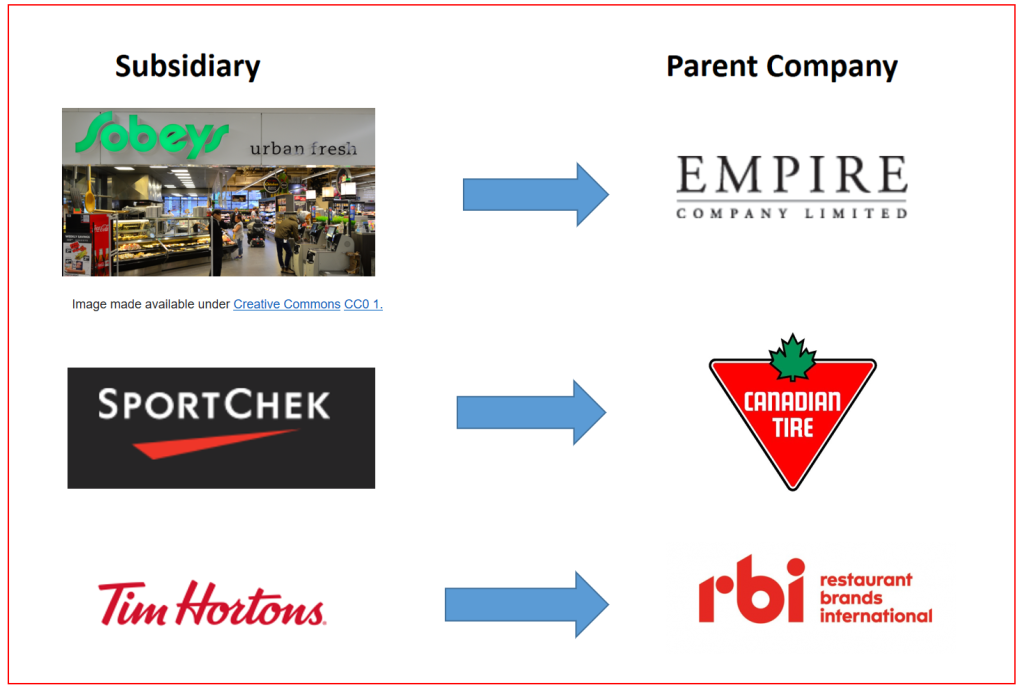Exploring the Basics
Leanne Wells
Clarify Your Assignment
Before starting a company research assignment, it is essential that you understand exactly what your professor is asking you to research.
The information you need to find may include specific financial information, ratios, a SWOT analysis, industry reports, published articles, and investor analysis. Keep in mind these types of information are not typically available by searching Google.
If you have any questions, the best time to ask is before you begin your research. Your professor expects you to ask for clarification; it’s part of the teaching and learning process!

Take time to read the assignment and fully understand what you are being asked to do. Check the course syllabus and your D2L course site for additional instructions from your professor. Does your professor note any specific requirements such as due date, length, structure, content, evidence of critical thinking, citation style, or references? Is it a group or an individual project? Is there a pitch or a presentation required along with a report? Often professors will allocate different percentages for each aspect of the assignment.
Selecting the company you want to research may not be an option. Some professors prefer to assign a company to students. If you have a different company you would prefer to research, check with your professor first. Remember that your professor will be grading your work so ensuring your company is appropriate is always a good idea.
What sources of company information does your professor expect you to use? It is important to know what sources of information you are required to read. You may be expected to include any of the following:
-
- company profiles
- financial statements
- ownership structure
- company history
- mergers and acquisitions activity
- SWOT analysis
- investor reports and analysis
- published articles and current news about the company
- consumer information and market share
Your professor will also expect you to properly cite the sources you use in a list of References (in APA citation style) at the end of your paper. As you research and read, taking good notes (including the sources consulted) can save you a lot of time as you begin to write your assignment. Keeping track of your sources means that you will not need to go back to try and find the same information twice.
Once you’ve clarified the requirements of your assignment, you’re ready to get started.
QUICK TIP
It’s crucial to allocate plenty of time to carry out your research.
Quality research can be time-consuming and students usually need to consult many different information sources to get a comprehensive overview of their company.
The Basics
To successfully research a company, there are a few basic questions that you will need to answer. Answers to these questions will help you to determine the availability of information about your company.
- What’s the official company name?
- What type of company is it (i.e. public or private)?
- Where is the location of the company headquarters?
- Which library-subscribed databases can provide you with the company information you need?
Official Company Name
On the surface, knowing the official company name may seem like a fairly simple exercise but students often discover that a company’s identity can sometimes be quite complex.
Usually, students are familiar with a subsidiary, brand or trade name under which a business operates but may not be aware that it could be part of a larger parent or holding company. Take a look at a few examples of subsidiaries and their parent companies below:

Company Type – Public Vs. Private
As you begin to investigate a company, it’s crucial to discover the type of company you are researching.
Knowing the type of company (public or private) will help you to determine which of the library’s databases you’ll need in order to locate information.

The majority of companies can be classified into the following categories:
Public companies
Public companies have stocks that are bought and sold (traded) on stock exchanges. As such, public companies are required by governments (depending on the country where they are registered) to disclose their financial information to the public and to shareholders who wish to buy stock in the company. Essentially, buying a stock is like buying a very small piece of the company. Other terms used for stocks are equity or shares.
As a general rule of thumb, it is usually much easier to locate information and analysis about large publicly-traded companies.
Private companies
Private companies are not traded on stock exchanges; therefore the information a private company chooses to disclose tends to be very limited. That doesn’t mean it is impossible to find information about the private company, it’s just going to take a lot more digging to locate it.
Be aware that the size of the company can also make a difference in the amount of information that will be available to you. Usually, the larger the company, the easier it will be to locate information.
Subsidiaries
A subsidiary is a business entity which is owned either partially or completely by a parent or holding company (which can be public or private).
When researching a subsidiary, it’s important to identify the name of the parent company or holding company. It helps to think of a parent company as an umbrella where subsidiary businesses fall under the umbrella of the parent company.
Holding companies are created in order to be valued and legally separated from their subsidiaries. An example of a holding company is Alphabet Inc. Alphabet’s purpose is to hold Google under its umbrella along with several additional subsidiaries.
Choosing to research the parent company rather than the subsidiary is usually a better choice when locating information.
Startups
Sometimes you will need to research a startup business that is not yet well-established. This type of research also requires some thinking “outside the box” including accessing databases that specialize in private equity and venture capital information, such as PitchBook.

Crown Corporations
In Canada, crown corporations are owned or act as agents of either federal or provincial governments; as such, their operations are reported to the relevant government minister. While some crown corporations rely on public funds to operate, others are expected to generate a profit. Canada Post, the Bank of Canada, the Canada Broadcasting Corporation (CBC), and Export Development Canada are examples of federal crown corporations.
A few examples of New Brunswick (provincial) crown corporations are NB Power, the Atlantic Lottery Corporation and NB Liquor Corporation.
Non-Profits
Non-profit organizations can fall into a number of categories such as charities or associations. To discover information about a non-profit, our library-subscribed business article databases, news sources, and the non-profit’s website will be key to learning more.
Company Location
Where is the location of the company headquarters? Perhaps the headquarters are in Canada, the United States, or owned internationally? The availability of the information you are able to retrieve can depend on location.
Different countries have different rules about the kinds of information that a company is required to make available; this can make researching some companies (especially private companies) a bit challenging. As well, it is possible that some information may not be available in English.
Ikea is a good example. The Inter IKEA Holding BV Group, which manages IKEA franchises, is a private company headquartered in the Netherlands but its ultimate parent is the Interogo Foundation which is based in Liechtenstein.
Think about the types of information that are likely to be available if the headquarters for your company is located in another country, for example, China, India or Liechtenstein.

QUICK TIP
Rather than attempting to piece together company information using Google alone, it is more efficient and effective to use Google in combination with library-subscribed company databases to provide the answers you need.
Library-subscribed databases can help you discover the company name, company type, the location of the company’s headquarters and much more. Google can help fill in the gaps or help you discover other topics to research in the library-subscribed databases.

